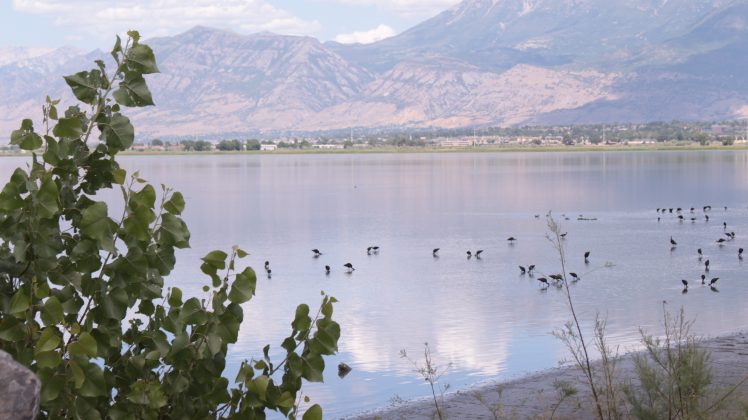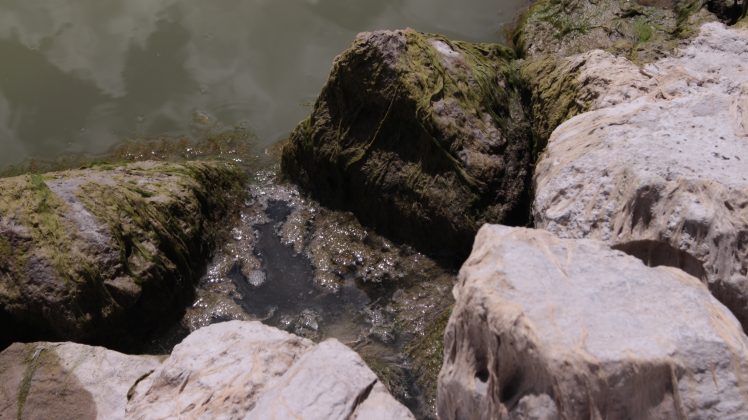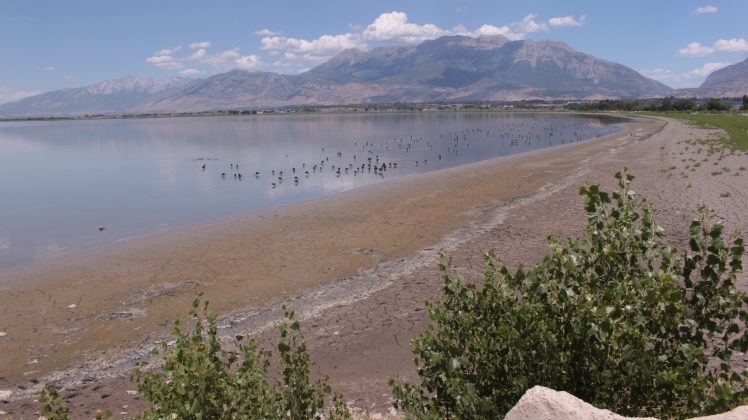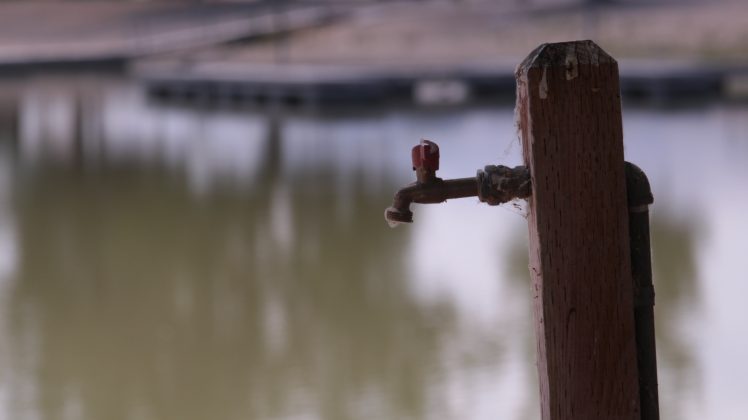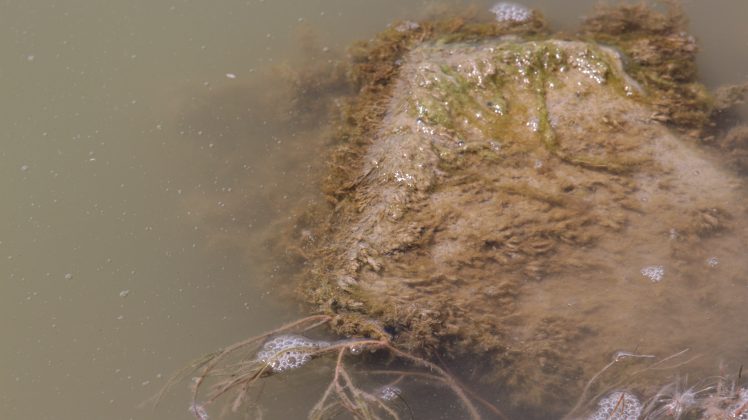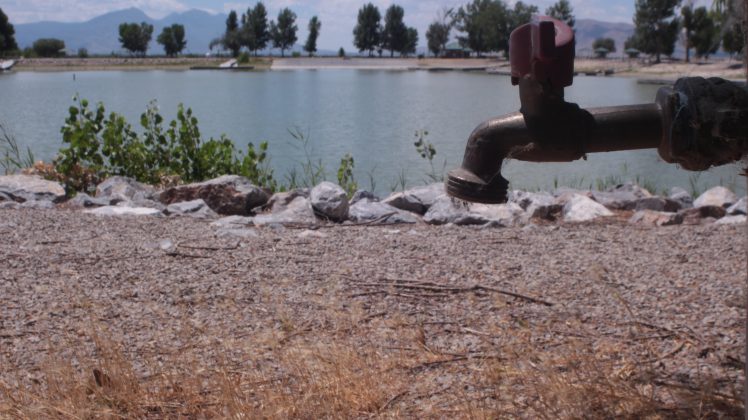SALT LAKE CITY, Utah, Aug. 2, 2016 (Gephardt Daily) — Public health officials have downgraded Utah Lake restrictions, allowing for swimming and other water activities in areas that have no lake scum, officials announced Tuesday.
The change was made in response to the latest round of samples analyzed for the Department of Environmental Quality (DEQ), which show that dangerous blue-green algae continues to dissipate at most locations in Utah Lake, the Jordan River and associated canals, according to a news release from Utah County Health Department.
UCHD said signs warning that toxic algae may still be present in sections of water will continue to be posted around the lake. As a part of a ‘CAUTION’ advisory, those recreating at Utah Lake should avoid swimming, boating and water skiing in areas where scum is present, and should continue to keep pets and livestock away. Anglers should continue to clean their fish thoroughly and discard the guts responsibly.
“Algae and scum may still be in the lake,” said Ralph Clegg, executive director of UCHD. “The lake will continue to be monitored and sampled on a regular basis. If sample results show a threat to health, then we will again take the appropriate actions.”
Utah Lake was closed for almost two weeks because of concentrations of algal cells in the water three times the threshold considered an acute health risk by the World Health Organization.
“Harmful algal blooms can reappear quickly under the right conditions,” said Ben Holcomb, coordinator of the Division of Water Quality Harmful Algal Bloom Program. “We encourage the public to be aware of algal blooms, and please report any changes to the color of water, which might indicate the presence of blue-green algae, to our spill tip line.”
Rapid algal growth can be triggered by a combination of elevated nutrient levels, hot temperatures, abundant sunlight and calm water.
Symptoms of cyanotoxin poisoning include headache, fever, diarrhea, abdominal pain, nausea and vomiting, and sometimes allergic-like reactions from the skin.
The spill tip line number is 801-536-4123. For concerns about possible human exposure, call Utah Poison Control at 800-222-1222, or a physician. For concerns about possible animal exposure, contact a local veterinarian.
To sign up for notifications about the Utah Lake algal bloom updates, go to alerts.utahcounty.gov, create an account, select contact methods, create a profile, select a location, then choose alert subscription ‘Utah Lake’ under ‘Utah County Alerts.’
For updates, visit: http://deq.utah.gov/locations/U/utahlake/algal-bloom.htm


